Close your eyes and imagine you’re on a tropical island filled with exotic flowers, wonderful aromas, and lush greenery. You can create a similar tropical oasis in your own backyard by planting the many varieties of Hibiscus plants. These huge, bell-shaped blossoms bloom in the heat of the summer through fall and add beautiful color to any sunny garden. Read how to grow Hibiscus plants and add these eye-catching, vibrant flowers to your summer garden.
“Some of the links within this post are affiliate links on which I receive a small compensation from the sale of certain items with no extra cost to you.”
“As an Amazon Associate I earn from qualifying purchases.”
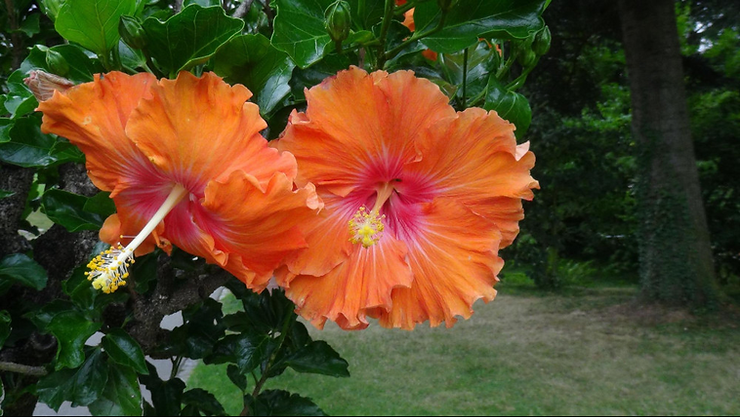
Hibiscus Tidbits
Hibiscus flowers come in white, red, yellow, pink, orange and variations of these colors. Some blossoms are single and others are double. Many buds grow on single stalks of Hibiscus. Even though the flower only blooms for a day you will have an abundance of color throughout the summer season and into the fall because of the plentiful buds.
The trumpet-like Hibiscus flower makes it easy for pollinators such as butterflies, hummingbirds, and bees to travel through the sea of blossoms transporting helpful pollen along the way. For more information on perennials that attract pollinators, read What Flowers Attract Hummingbirds and Butterflies.
Certain varieties of Hibiscus can grow up to 10 feet tall and 8 feet wide, so choose wisely when selecting one for your garden. The larger varieties are best situated in the back of the garden as a backdrop. For basic information on beginning a garden, read Gardening Ideas for Beginners.
Hibiscus flowers are native to Asia and North America.
How to Grow Hibiscus
There are different varieties of Hibiscus but most have the same care and growing requirements.
Sunlight
Hibiscus love the light. All varieties will produce a plentiful quantity of buds if placed in full sunlight. However, if you live in a climate with intense, dry, blistering heat, plant the Hibiscus in filtered sunlight. Follow the sun for a day or two to decide where to plant your Hibiscus. Remember that the sun is constantly shifting, traveling north or south, depending on the hemisphere in which you live, until the Summer Solstice (first day of summer). Take this into account when choosing a location.
If your plant is not producing many buds, it may be from a lack of sunshine.
Soil
Hibiscus enjoy well-drained, rich, fertile, moist, loamy soil. Most like a slightly acidic pH soil. If your soil is poor, amend it with rich organic material to increase the nutrients and its retention of moisture.
Mulching around the base of the plant will also add food to the soil and help retain moisture. Do not let the mulch touch the base of the plant. It may cause it to rot.
Water
All Hibiscus love water. In fact, a good location to plant your Hibiscus is close to a pond, retention basin, lake, or a naturally wet area. If your plant is not producing enough buds, it may be from a lack of water. If you are in drought conditions water the plants regularly.
Temperature and Humidity
All varieties of Hibiscus can thrive in higher temperatures and high humidity. The perennial variety will grow well in temperatures between 60 to 90 degrees F, (15.56 to 32.22 degrees C). Tropical varieties will only grow in warm temperatures.
Fertilizer
To encourage a multitude of flowers and green healthy foliage, fertilize just before the bloom cycle which starts in mid June. Continue every few weeks until the end of the bloom season, around mid-September. Use a high potassium, high nitrogen fertilizer. To go more organic, use fish emulsion or seaweed extract.
Different Varieties of Hibiscus
Hibiscus can be grown in hot and warm areas, and even in areas where the snow falls! These gorgeous flowers come in many varieties. Some wonder if the Hibiscus is an annual or a perennial. Actually they are both if grown in the proper zone.
Hardy Variety
The hardy variety can be grown where temperatures in winter reach below freezing, zones 4 through 8. These perennials will grow woody stems and become quite large. They are deciduous, meaning they drop their leaves for the winter. One example of a hardy Hibiscus is the Rose of Sharon. In some areas they are classified as an invasive species, so be careful where you plant them. They will sprout up around the mother tree, but if you pull them out in their infant stage, they can be easily controlled.
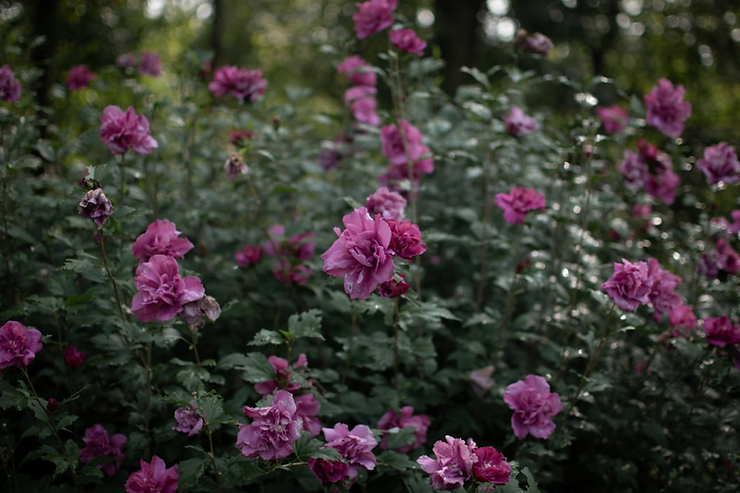
Perennial Hibiscus
Perennial Hibiscus are similar to hardy Hibiscus in that they will come back from year to year. Unlike hardy Hibiscus that have a wood stem and remain tall throughout the winter, most perennial Hibiscus will die back to the ground. They can grow as a dwarf bush, larger bush or even as tall as a small tree. Do not crowd them, as they like air flowing through their stems.
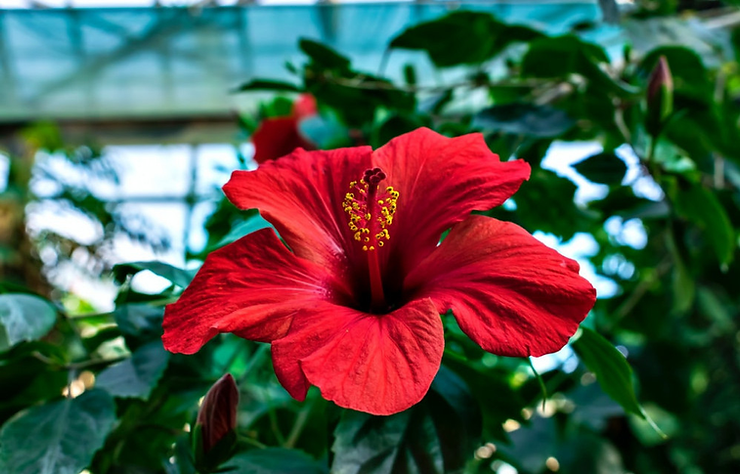
Native Hibiscus
These Hibiscus plants are mostly grown in wetlands but can tolerate a slightly drier area. They are native to the southeastern United States and can grow from 4 to 8 feet tall. They are also known as rose mallow and marsh hibiscus. You see these growing wild in the ditches where water gathers along the sides of roads.
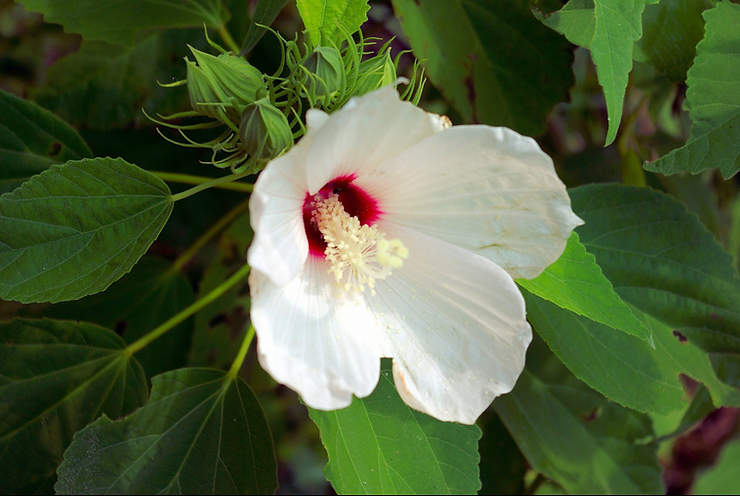
Tropical Hibiscus
Tropical Hibiscus grow in the tropics in zones 9, 10 and 11. They are considered perennial evergreens in these zones and typically grow up to 24 inches in one season. A tropical Hibiscus can tower up to 15 feet tall! Their blooms reach 3 to 8 inches in diameter.
Tropical Hibiscus do not like a beating sun. If your sun is strong and intense, plant them in a partially shaded area.
In colder climates, the tropical Hibiscus is grown as an annual because it will not withstand temperatures that dip below 50 degrees F (10 degrees C). They are normally planted in containers and spread around in a sunny garden.
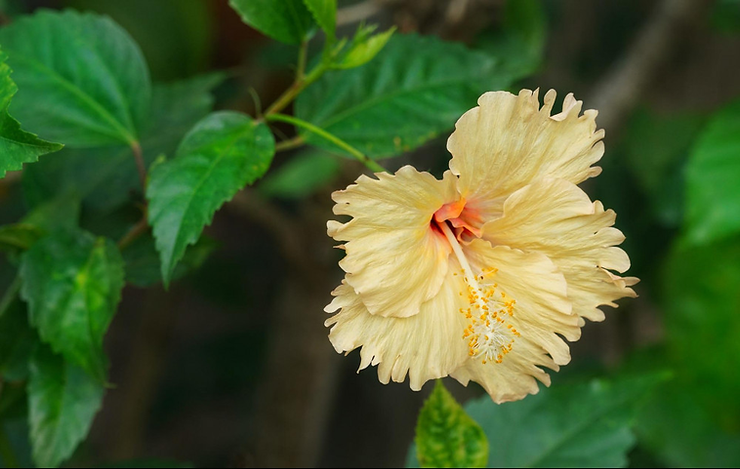
Annual Hibiscus
These Hibiscus are not true annuals. They are actually tropical Hibiscus that grow in colder zones and are usually grown in containers as described above.
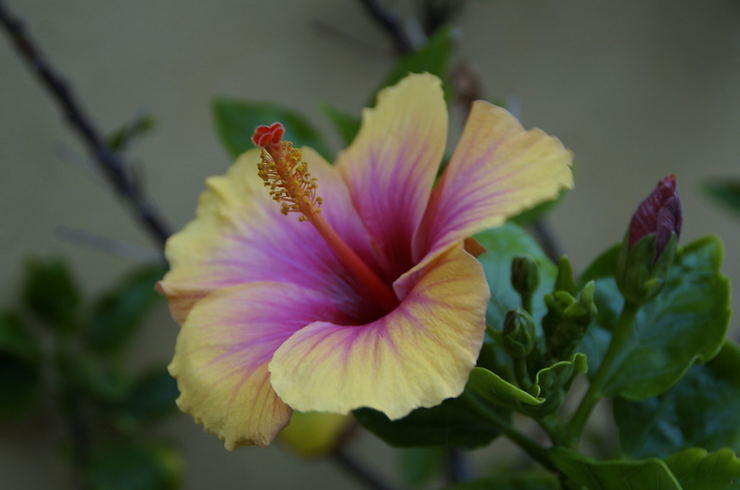
How to Grow Hibiscus Plants – A Tropical Flower
With a little know-how any beginner gardener can transform their blah backyard into a tropical oasis by adding a few Hibiscus plants. Moving an orchid from inside to a crook in a tree or bush, or place it in a small hanging basket under a canopy of trees will make your yard feel even more tropical.
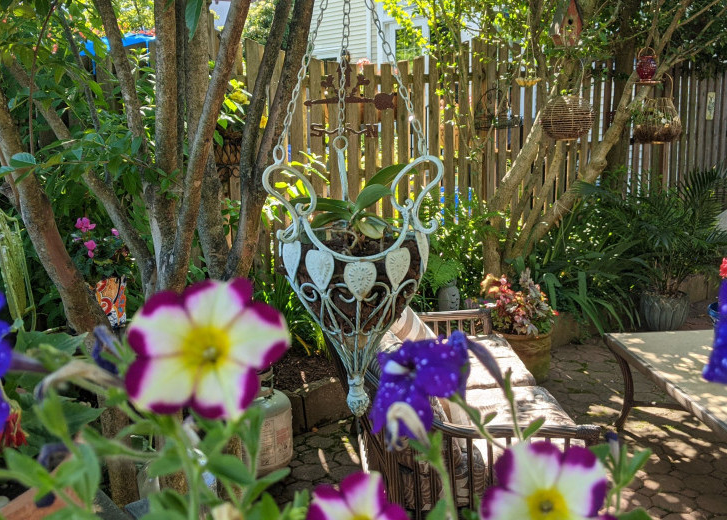
In addition to Hibiscus, add some perennials, a few epiphytes and a lovely fountain and you will be in paradise.
I hope you enjoyed this post. Please share it with others and leave a comment below.
Happy Gardening!
Nina
bestgardeningforbeginners@gmail.com

